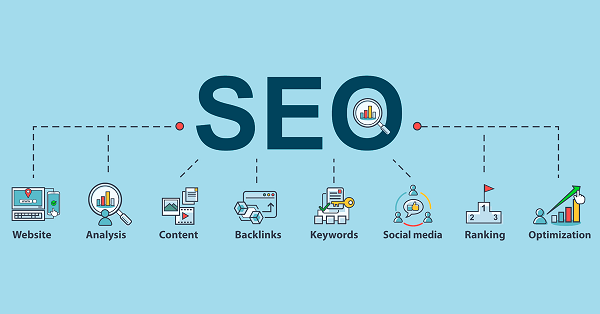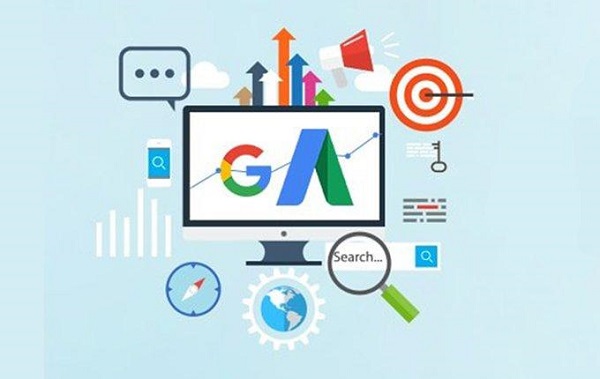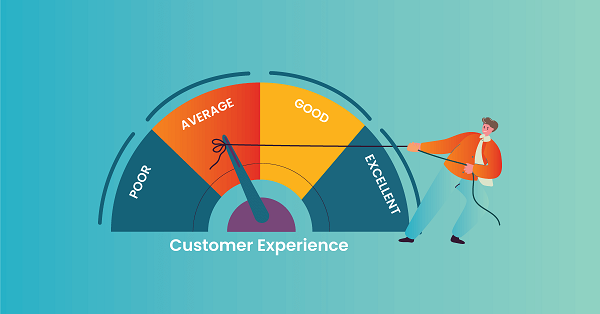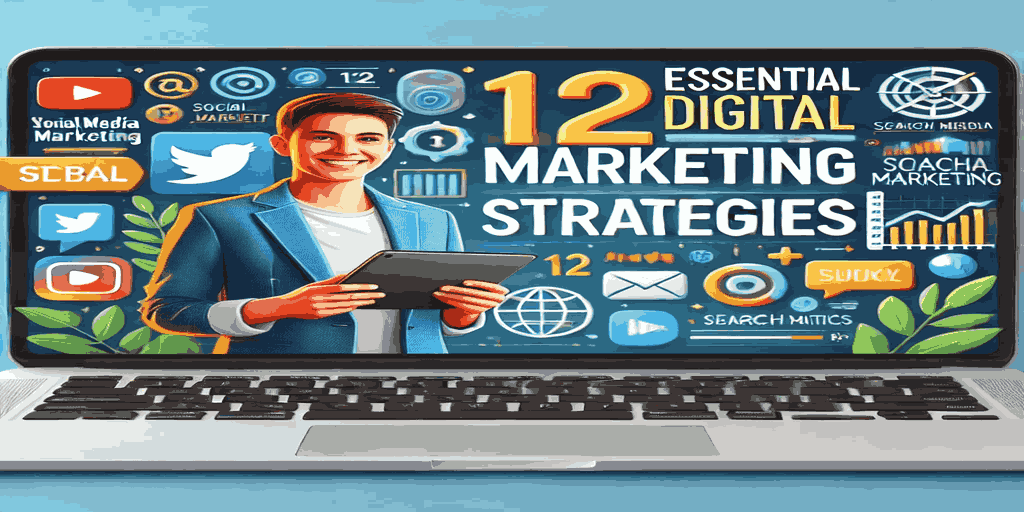In today’s digital-first world, effective marketing requires more than just a good website and some social media posts. To build a robust online presence, brands need a well-rounded digital marketing strategy that resonates with their audience, drives engagement, and ultimately converts leads into loyal customers. Here’s an in-depth look at twelve essential digital marketing strategies, each designed to give businesses a competitive edge.
1. Develop a Clear Marketing Strategy and Set Goals

A successful digital marketing campaign starts with a clear strategy and well-defined goals. Without a roadmap, marketing efforts can become inconsistent and ineffective. When setting your goals, use the SMART framework:
- Specific – Clearly define what you want to achieve.
- Measurable – Identify metrics to track progress.
- Achievable – Set realistic, attainable goals.
- Relevant – Align goals with overall business objectives.
- Time-bound – Assign deadlines to each goal.
For example, if you’re aiming to increase website traffic, specify by how much (e.g., 30%) and by when (e.g., within the next quarter). This focus ensures you can measure your efforts accurately and adjust tactics as needed.
2. Embrace Content Marketing

Content marketing is one of the most powerful tools in digital marketing. By consistently providing valuable, relevant content, businesses can build trust with their audience and position themselves as industry leaders. Effective content marketing includes:
- Blogs: Regular blog posts that address common customer questions or industry trends.
- Videos: Tutorials, webinars, or product demos to engage visual learners.
- Infographics: Visually appealing graphics that break down complex information.
- Case Studies and Whitepapers: In-depth resources that showcase expertise.
To maximize effectiveness, create a content calendar, plan around seasonal trends, and use SEO best practices to boost visibility. Content should not just inform; it should entertain, inspire, and help solve your audience’s pain points.
3. Optimize Your Website for SEO

Search engine optimization (SEO) is crucial for driving organic traffic to your website. SEO involves optimizing your site so that search engines like Google rank it higher on search results pages. Key SEO tactics include:
- Keyword Research: Identify relevant keywords your audience uses.
- On-Page SEO: Optimize page titles, meta descriptions, and headers.
- Technical SEO: Ensure the site is mobile-friendly, loads quickly, and has secure HTTPS protocols.
- Link Building: Develop high-quality backlinks from reputable sites.
Regularly update your website’s SEO to adapt to search engine algorithm changes and keep content relevant. Consistent SEO efforts can lead to long-term traffic growth, making it a foundational component of any digital marketing strategy.
4. Leverage Social Media Marketing

With billions of active users, social media platforms offer enormous potential for brands to connect with their audience. Here’s how to build an effective social media strategy:
- Choose the Right Platforms: Focus on the platforms where your audience spends most of their time (e.g., LinkedIn for B2B, Instagram for B2C).
- Create Engaging Content: Post a mix of content, from promotional posts to behind-the-scenes content and user-generated material.
- Interact with Your Audience: Reply to comments, participate in discussions, and show appreciation for followers.
Use social media analytics tools to track engagement rates and optimize your content strategy accordingly. Over time, an active social media presence builds community, brand loyalty, and awareness.
5. Invest in Paid Advertising

While organic reach is invaluable, paid advertising helps amplify your message and reach a wider audience. Pay-per-click (PPC) advertising, social media ads, and display ads are popular options that provide measurable results and allow targeting specific audience demographics. Key benefits include:
- Audience Targeting: Use targeting options like demographics, interests, and geographic location.
- Immediate Results: Paid ads can drive traffic almost instantly, unlike SEO, which takes time.
- Budget Control: Platforms like Google Ads and Facebook Ads offer flexible budget options.
Testing different ad formats and tracking conversion rates are crucial to maximize return on investment (ROI). With effective targeting and messaging, paid ads can drive significant traffic and conversions.
6. Use Email Marketing to Nurture Leads
Email marketing remains one of the highest ROI channels in digital marketing. By sending personalized emails to segmented lists, you can nurture leads and guide them through the sales funnel. Effective email marketing involves:
- Segmenting Your List: Group subscribers based on demographics, past purchases, or behavior.
- Personalizing Content: Use the recipient’s name and tailor content to their interests.
- Automating Campaigns: Set up automated workflows for welcome emails, cart abandonment reminders, and re-engagement.
Use email marketing to provide value, such as exclusive offers, informative content, and personalized recommendations. By keeping your audience engaged, you increase the likelihood of conversion and repeat business.
7. Utilize Influencer Marketing

Influencer marketing allows brands to leverage the audience and credibility of individuals with a strong following. Collaborating with influencers enables businesses to reach niche audiences authentically. Consider the following tips:
- Find Relevant Influencers: Choose influencers whose values align with your brand.
- Micro-Influencers vs. Macro-Influencers: Micro-influencers (10k-50k followers) often have more engaged audiences, while macro-influencers offer broader reach.
- Create Authentic Partnerships: Allow influencers to create content in their style rather than imposing strict guidelines.
Influencer campaigns often work well on visual platforms like Instagram and YouTube, helping increase brand awareness, engagement, and sales.
8. Implement Retargeting Campaigns

Retargeting ads are highly effective for converting website visitors who didn’t take action on their initial visit. These ads target users who have interacted with your brand in some way—like visiting a product page but leaving without purchasing. Best practices for retargeting include:
- Target Specific Actions: Set up ads based on behaviors, such as abandoned carts or past browsing.
- Use Dynamic Ads: Show personalized ads that display the exact product the user viewed.
- Optimize Frequency: Avoid ad fatigue by limiting the number of times a user sees the same ad.
Retargeting keeps your brand top-of-mind and encourages users to return and complete their purchase.
9. Create a Strong Brand Identity
A consistent brand identity builds recognition and trust with your audience. Brand identity includes visual elements like logos and colors, as well as tone, messaging, and values. Tips for developing a cohesive brand identity include:
- Define Your Brand Voice: Choose a tone that resonates with your target audience (e.g., formal, friendly, or witty).
- Maintain Consistency: Use the same logo, color scheme, and typography across all marketing materials.
- Highlight Your Unique Selling Proposition (USP): Communicate what sets your brand apart from competitors.
A strong brand identity makes your business more recognizable, helping to build customer loyalty and make marketing efforts more impactful.
10. Prioritize Mobile Marketing

As mobile usage continues to grow, it’s crucial to ensure that your digital marketing strategy is mobile-friendly. Key areas to focus on for mobile optimization include:
- Responsive Design: Ensure your website and emails adapt to different screen sizes.
- Mobile SEO: Optimize for local searches and use mobile-friendly keywords.
- SMS Marketing: Use SMS for quick updates, exclusive offers, or customer service.
Mobile marketing ensures your content is accessible and visually appealing to users on smartphones, helping you reach a broader audience and enhance user experience.
11. Analyze Data and Adjust Strategies

Digital marketing strategies should never be static. Regular analysis allows you to understand what’s working and where there’s room for improvement. Important metrics to monitor include:
- Website Analytics: Use tools like Google Analytics to track traffic sources, bounce rates, and conversion paths.
- Social Media Insights: Track engagement metrics like likes, shares, comments, and follower growth.
- Email Performance: Monitor open rates, click-through rates, and unsubscribe rates.
By analyzing data, you can identify trends, adapt strategies in real-time, and allocate resources more effectively. Digital marketing is dynamic, and an adaptive approach is crucial for success.
12. Enhance Customer Experience

Customer experience (CX) has become a differentiator for many successful brands. Improving the customer journey across all touchpoints can lead to higher customer satisfaction, loyalty, and referrals. To enhance CX:
- Focus on User-Friendly Design: Ensure that your website is intuitive, easy to navigate, and loads quickly.
- Offer Exceptional Support: Provide multiple contact options, like live chat, email, or phone support.
- Personalize Interactions: Use data to create tailored recommendations and personalize interactions.
Customers who feel valued and supported are more likely to become loyal, long-term advocates for your brand.
Conclusion
In the ever-evolving digital landscape, brands must adopt a multifaceted approach to stand out. By setting clear goals, prioritizing SEO, leveraging social media, and optimizing the customer experience, businesses can build a powerful digital marketing strategy that drives sustainable growth. Implementing these twelve essential tips will not only enhance brand visibility but also foster long-term customer relationships and boost overall ROI.
Each of these strategies can be tailored to fit specific business goals and industry dynamics. Remember, the key to digital marketing success lies in consistent evaluation and adaptation. With these insights, you’re well on your way to building an impactful digital marketing strategy that resonates with your audience and accelerates business growth.
Read Also
- LinkedIn for eCommerce: A Comprehensive Guide
- The Ultimate Guide to B2B E-commerce: Strategies, Challenges, and Best Practices
- What is Adsterra
